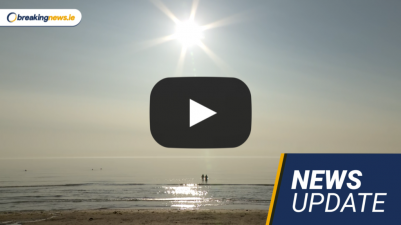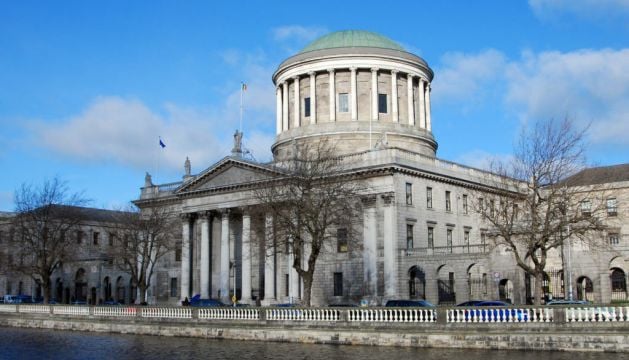A man’s claim for damages for "very serious" injuries he sustained when he fell through a GAA clubhouse roof while carrying out voluntary refurbishment works cannot succeed as he was a member of the club, the High Court has found.
In her ruling, Ms Justice Siobhán Stack said the "critical and indeed insuperable problem" for plaintiff Séamus Brady is the premises where the incident occurred was in the occupation of the club, of which he was a member.
It is a "long-standing legal principle", she said, that a club, as an unincorporated association of persons, cannot be sued by one of its members.
The judge found Mr Brady was, under the Occupiers’ Liability Act 1995, an "occupier" of the club premises, rather than a "visitor" by virtue of his club membership.
The proceedings were based on Mr Brady’s claim that he was a "visitor" of the club, under the Occupiers’ Liability At 1995 so the club owed him a common duty of care.
Mr Brady, of Tubberfin, Donore, sued nominee of the trustees, Peter Moore, and committee chairman, Paul Scanlon, as representatives of St Mary’s Donore GAA Club, in Donore, Co Meath, over the incident on September 26th, 2015.
The judge outlined Mr Brady’s "very serious injuries", which included fractures to his wrist, shoulder and elbow, nerve damage to his hand and soft tissue injuries to his back, shoulder and nose. He continues to have difficulties with some of the injuries and he also suffered from anxiety and depression following the accident and is unable to work, she said.
Insurance
Ms Justice Stack noted that the club’s insurance policy, which she was told is a standard policy widely used by GAA clubs, does not cover the claim.
The club was not legally represented, but members who appeared in court submitted they did not want to dispute what Mr Brady said, adding that they acknowledged the seriousness of his injuries, the judge said.
Explaining the background of the case, Ms Justice Stack said the club’s committee decided to refurbish the clubhouse and thought the roof slates might be salvageable.
Mr Brady was among the members who volunteered to help, and, the judge added, "it seems that little or no regard was paid to health and safety".
An engineer for the plaintiff said once the slates were removed, only felt remained. Mr Brady stepped on the felt and fell through the roof of the one-storey clubhouse to the ground, the judge said.
Case law from 1987 set that a person cannot sue a club of which he or she is a member because "one cannot sue oneself", Ms Justice Stack explained.

While there was evidence that Mr Scanlon took some kind of administrative lead in relation to the project, the voluntary works were agreed by the membership and participation by individual members was on an "entirely voluntary basis", the judge said.
There was no basis to justify imposing an additional liability on any particular person in the club, she said.
If liability were too readily imposed, people who otherwise volunteer their time might be dissuaded from doing so and this would be damaging to the social life and leisure pursuits of much of the population, Ms Justice Stack said.
Imposition of a duty of care in these circumstances would result in a "chilling effect" on a wide range of social and leisure pursuits, she added.







